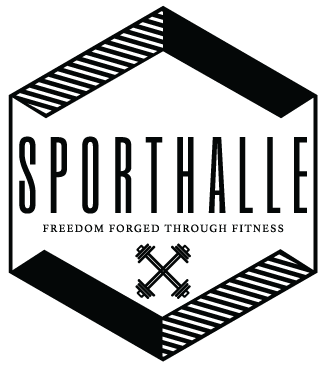Debunking 3 Big Stretching Myths
Stretching is one of the most misunderstood practices in the realm of fitness and sports performance. A long standing staple in many training sessions, it is commonly performed incorrectly, performed at the wrong time, or avoided for the wrong reason.
By the end of this article you should be able to see the benefits of stretching and how to place it into your routine. Let’s take a closer look at what stretching is, when to do it, and debunk 3 of the most common myths about stretching.
-
- Myth #1 Stretching makes you weak.
- Myth #2 Stretching should not be performed before exercise or sport.
- Myth #3 Stretching increases risk of injury.
Myth #1 Stretching makes you weak.
Stretching is sometimes avoided entirely. Especially by athletes who are concerned with losing strength or experiencing a decrease in performance. Holding long static stretches before executing a high intensity lift or movement may have an impact on the stretch shortening cycle of the muscle.
Most folks however, are not going hold a long passive hamstring stretch and immediately pop up into a heavy set of back squats or deadlifts. Proper stretching of the muscle requires breathing, relaxation, and a parasympathetic state to be performed correctly. Odds are that what most folks consider stretching is more like jamming their connective tissues, ligaments, and joints into aggressive end range of motion and uncomfortably holding them there until the pain is overwhelming. The positions are wrong. The intensity is too high. The body doesn’t relax. Stretching is not achieved.
Performing proper stretching has actually been shown to IMPROVE strength as the muscle is able to contract properly and generate force through a greater range of motion. But when and how should it be done? Let’s move on to myth #2.
Myth #2 Stretching should not be performed before exercise or sport.
Stretching before exercise or sport can actually increase performance. The key is knowing how long to stretch. A meta-analyses of studies around stretching and the ability to generate strength or power in subsequent effort found some pretty clear data.
Holding stretches for less than 30 seconds had no negative effect on the ability to jump, sprint, or produce force in resistance training movements. Holding stretches for 30 seconds or longer lead to decreases in the ability to produce force with longer stretch times leading to more significant decrease.
Key Takeaway: Perform dynamic stretching and short duration static stretching before exercise or sport. Take the muscles through a progressively increasing range of motion to improve circulation and prepare the body for performance.
Myth #3 Stretching increases risk of injury
Based on the first two myths being debunked you probably know where this one is heading… The idea that stretching increases risk of injury is tied in with the lack of knowledge around proper timing and execution of stretching protocols. In fact in today’s society where we spend more time sitting, in poor positions, with our shoulders hunched and necks cranked forward as we peer at our cellphones and computer screens.
We’ve already established a dynamic stretching and short duration (< :30 seconds) static stretching routine can help prepare the body for performance, but there is a huge benefit to longer duration static stretching post workout and during active recovery sessions. By addressing some commonly tight muscles like the pectoralis or psoas we are able to correct our bodies posture and alignment. Stretching these two muscles helps provide stability to the hip and shoulder joints and can significantly decrease injury risk.
So now that we’ve debunked some of the common myths around stretching you should feel confident about incorporating stretching into your training. If you need help with stretching, mobility, or any other training needs consider connecting with one of our trainers to find a plan that works for you.
